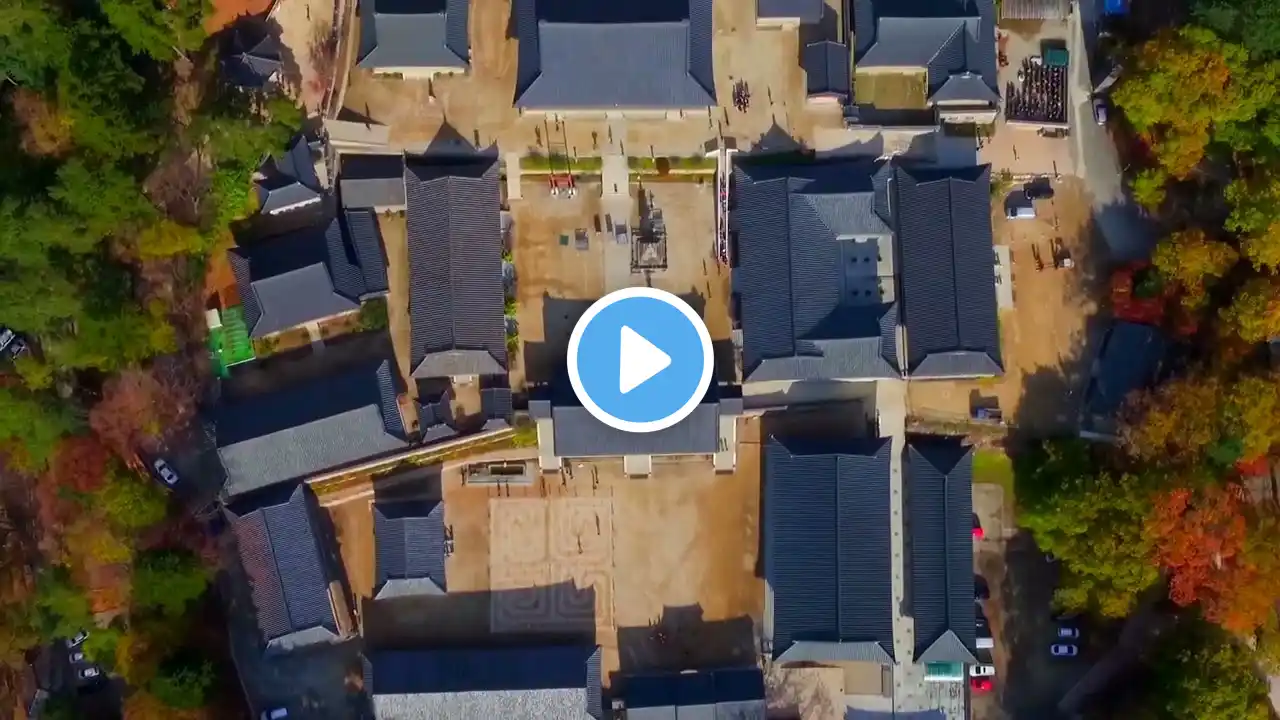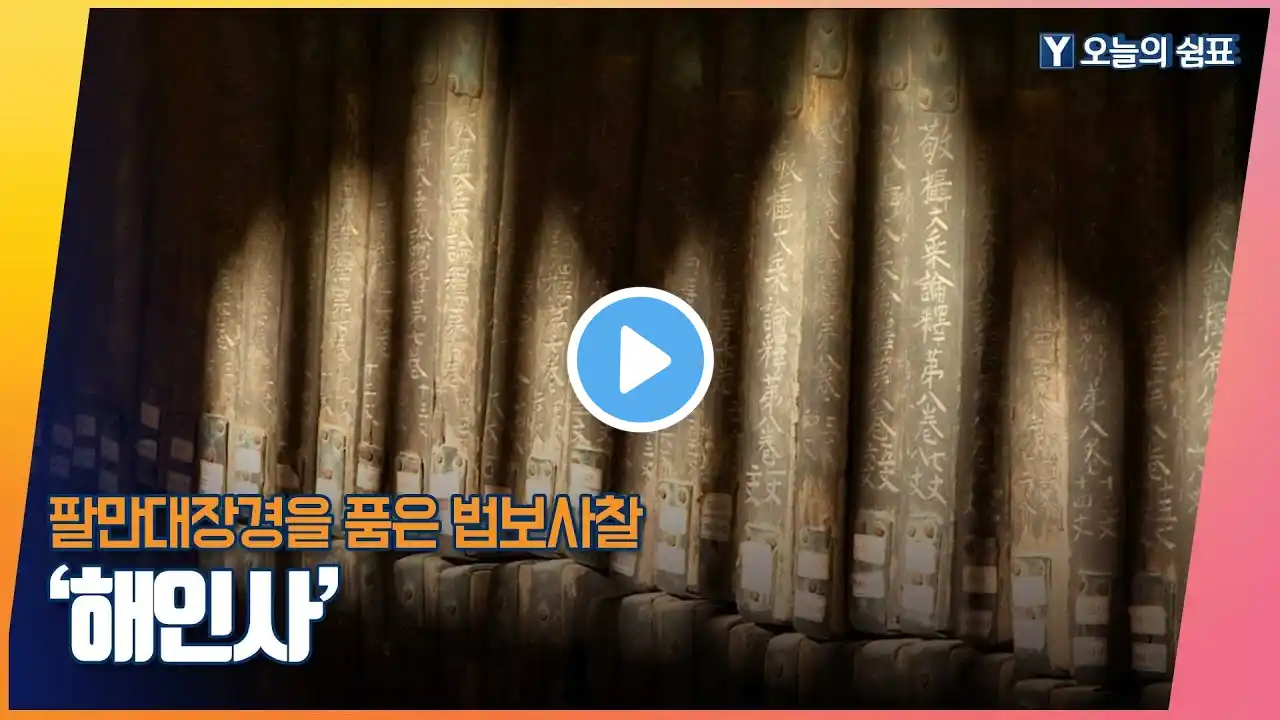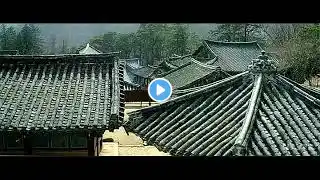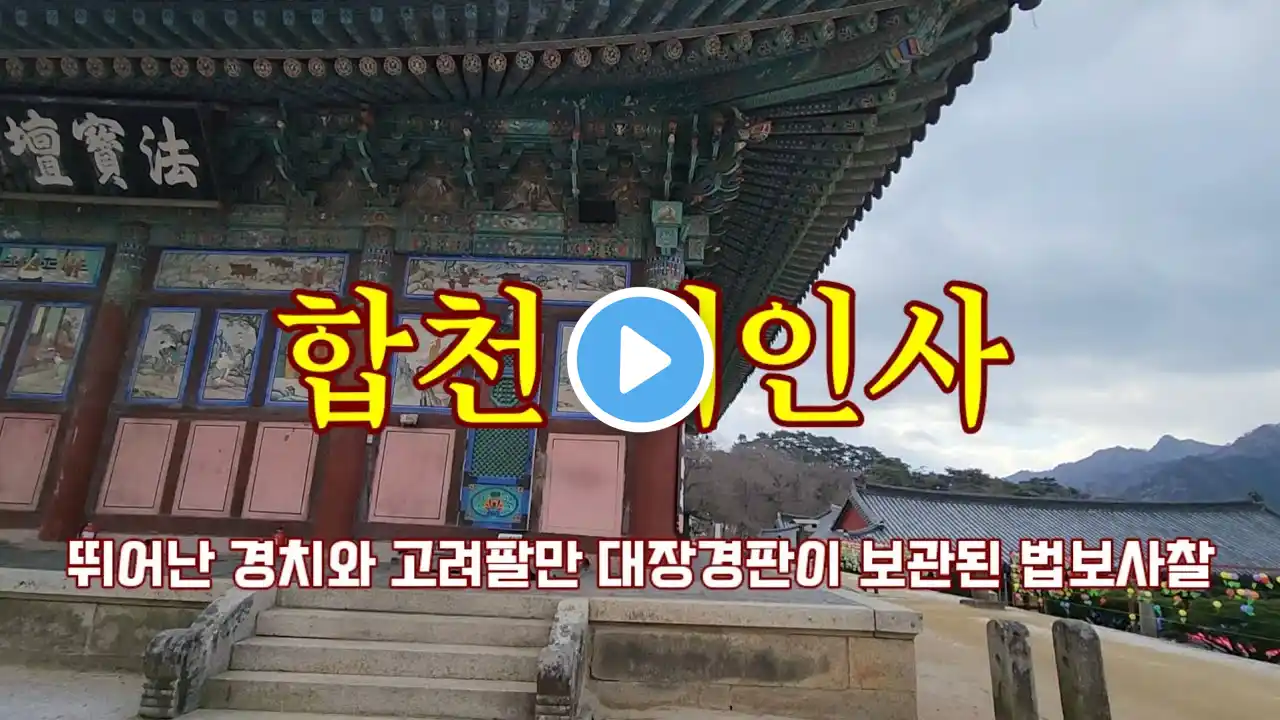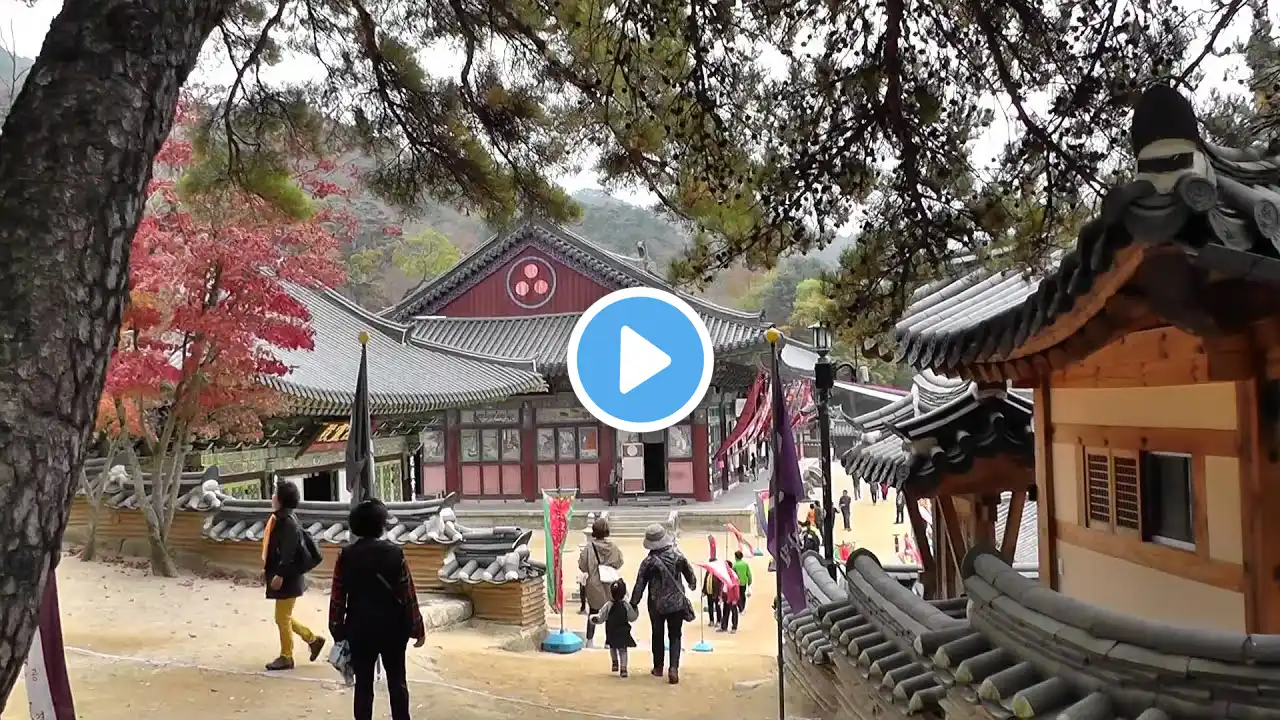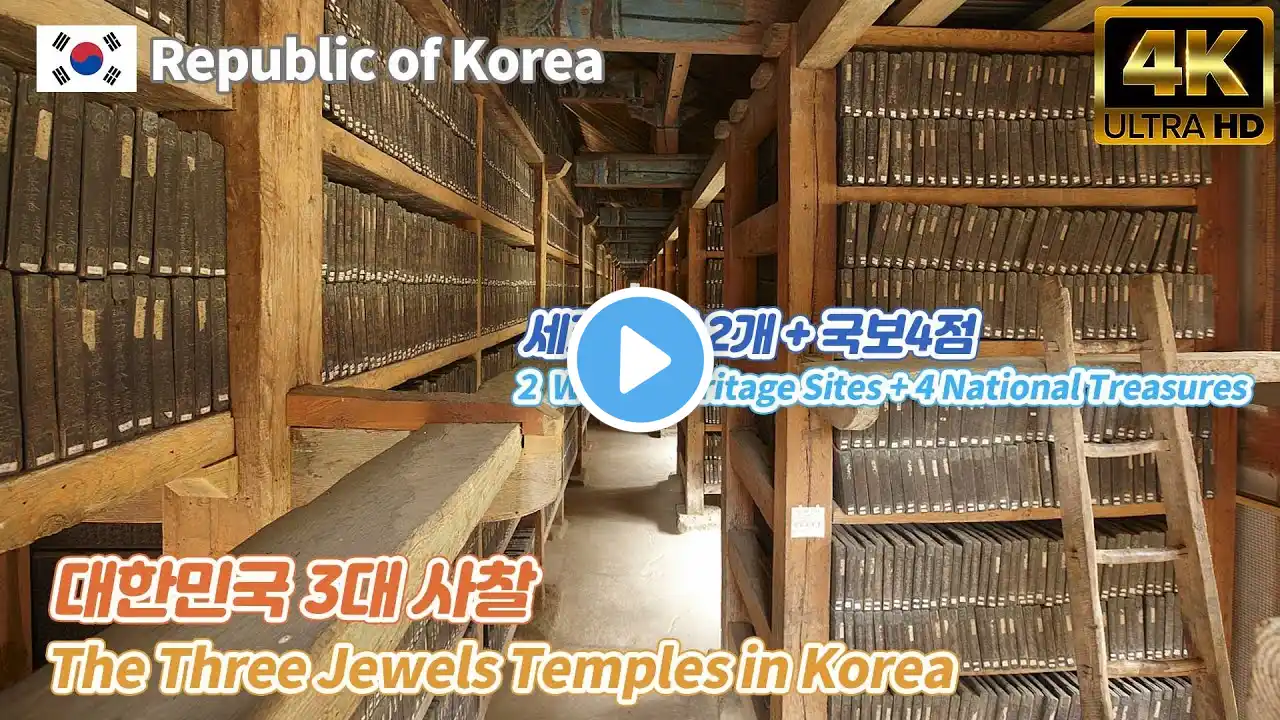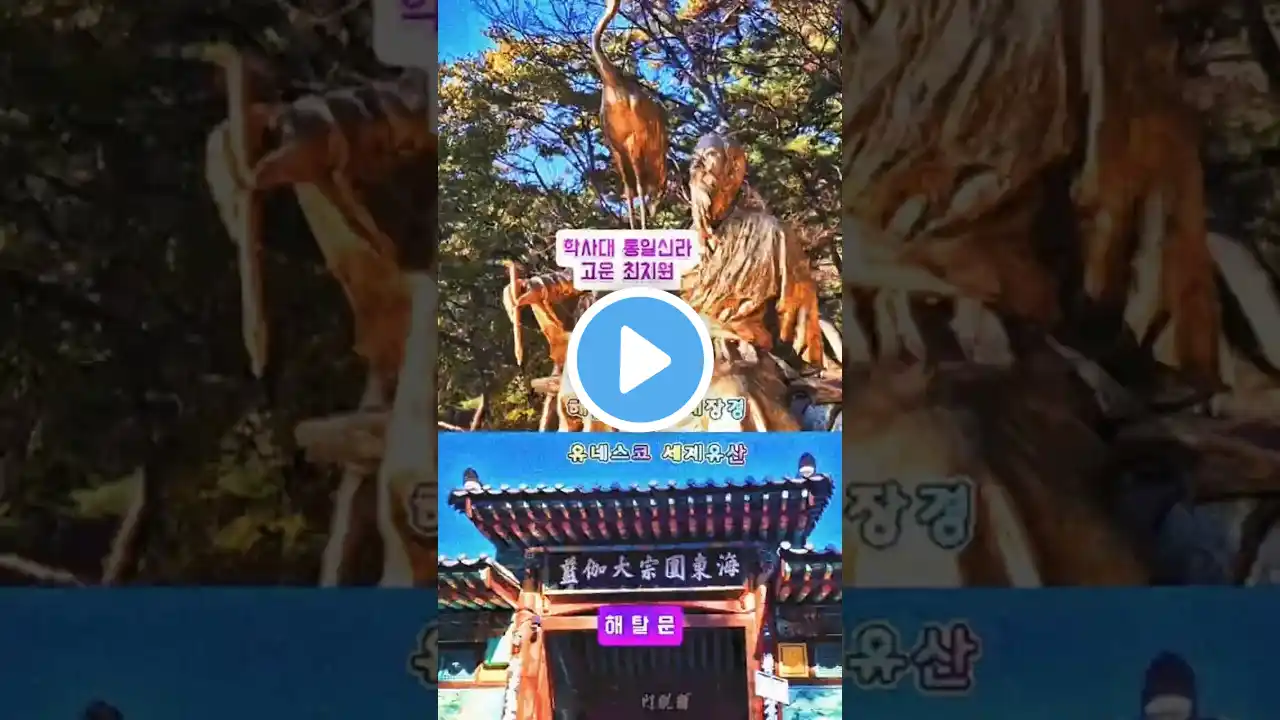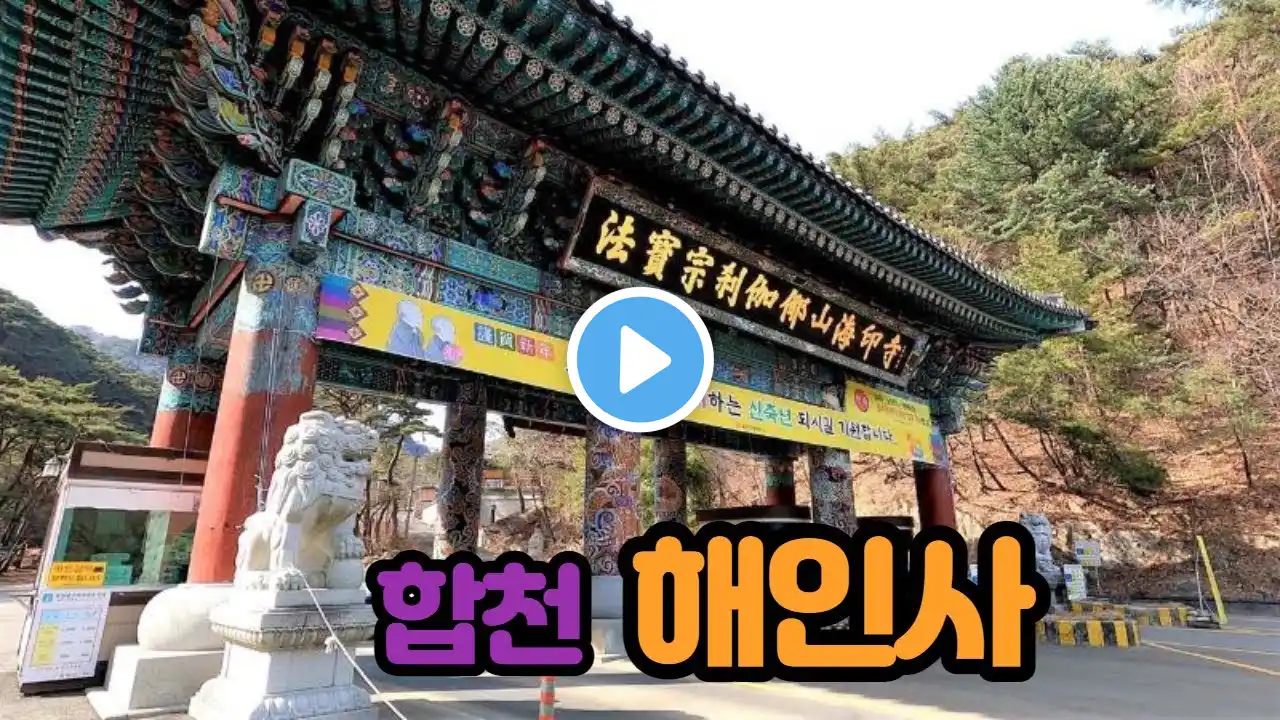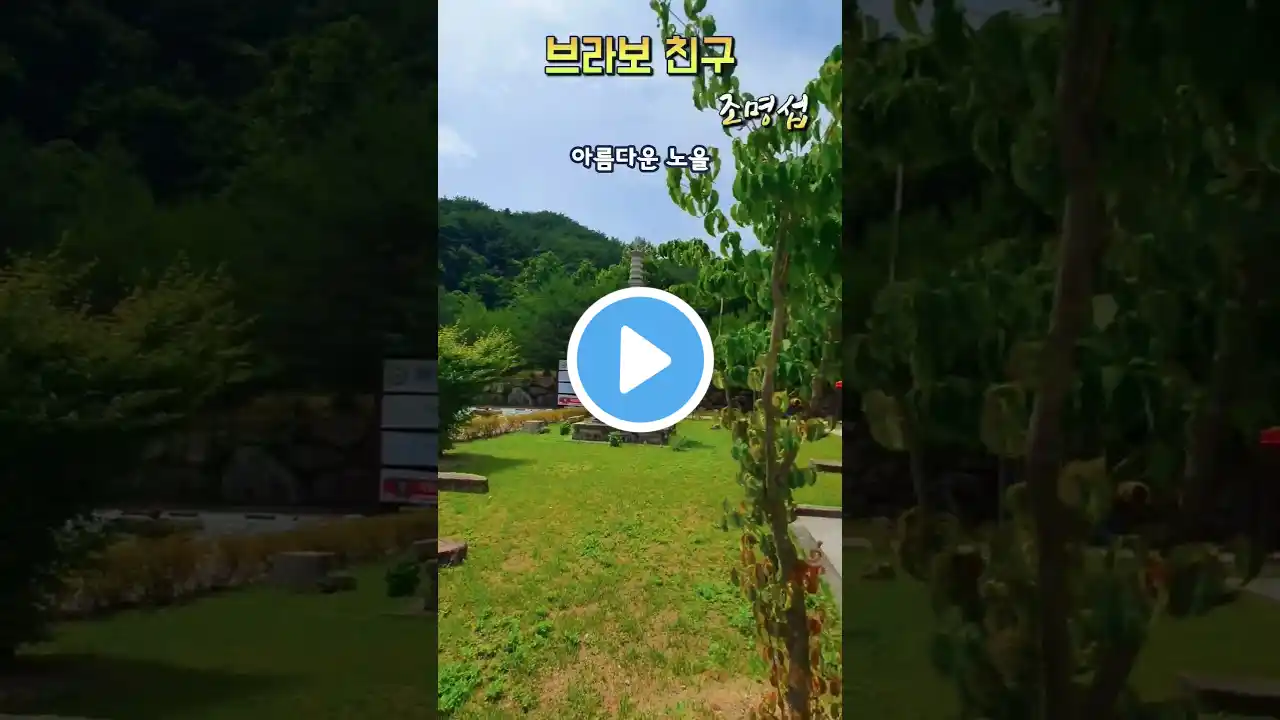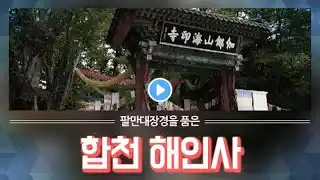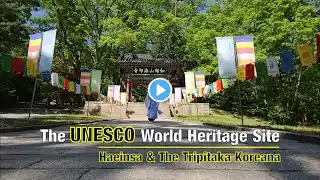
Haeinsa Temple Janggyeong Panjeon Hapcheon해인사 (합천) 🇰🇷
Haeinsa Temple Janggyeong Panjeon Hapcheon 해인사 (합천) 🇰🇷 The Temple of Haeinsa, on Mount Gaya, is home to the "Tripitaka Koreana" "Tripitaka Koreana" the most complete collection of Buddhist texts, engraved on 80,000 woodblocks between 1237 and 1248 The Haeinsa Tripitaka woodblocks were carved in an appeal to the authority of the Buddha in the defense of Korea against the Mongol🇲🇳 invasions They are recognized by Buddhist scholars around the world for their outstanding accuracy and superior quality The woodblocks are also valuable for the delicate carvings of the Chinese🇨🇳 characters, so regular as to suggest that they are the work of a single hand The Janggyeong Panjeon depositories comprise two long and two smaller buildings, which are arranged in a rectangle around a courtyard As the most important buildings in the Haeinsa Temple complex, they are located at a higher level than the hall housing the main Buddha of the complex Constructed in the 15th century in the traditional style of the early Joseon period, their design is characterized by its simplicity of detailing and harmony of layout, size, balance and rhythm The four buildings are considered to be unique both in terms of their antiquity with respect to this specialized type of structure, and for the remarkably effective conservation solutions that were employed in their design to protect the woodblocks from deterioration, while providing for easy access and storage They were specially designed to provide natural ventilation and to modulate temperature and humidity, adapted to climatic conditions, thus preserving the woodblocks for some 500 years from rodent and insect infestation The Haeinsa Temple complex is a famous destination for pilgrimages, not only among Korean Buddhists, but Buddhists and scholars from all over the world 🌏 Some interesting facts💭👩💻 about Haeinsa Temple 해인사 (합천) from my friend Google😂😅

